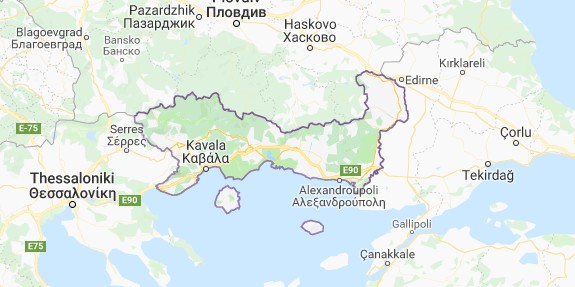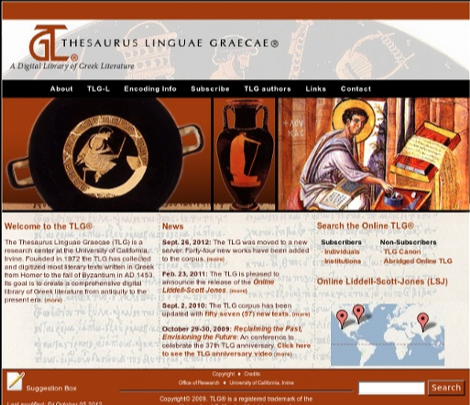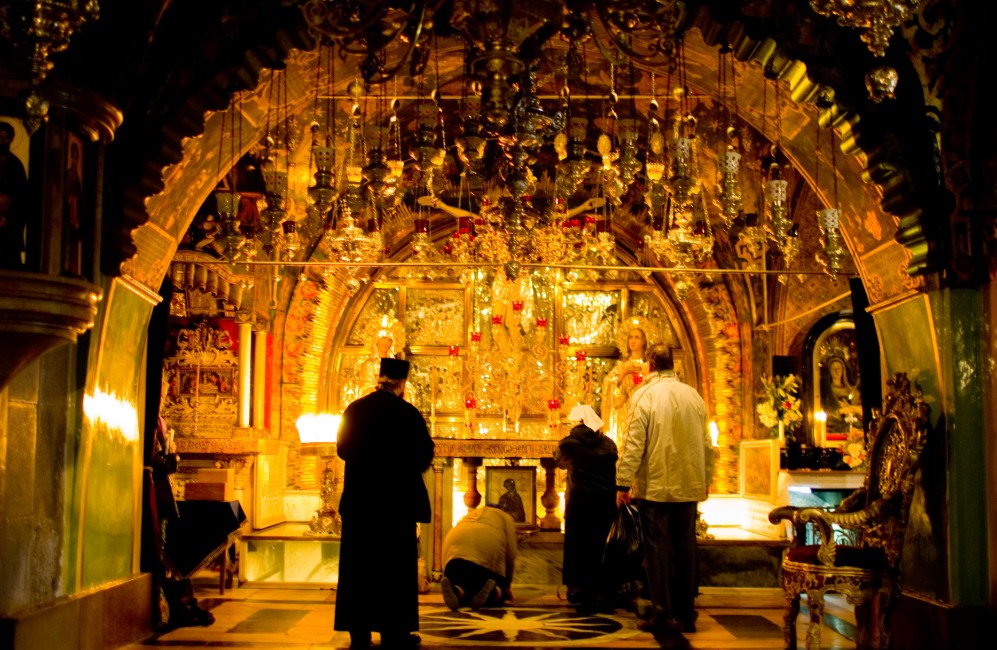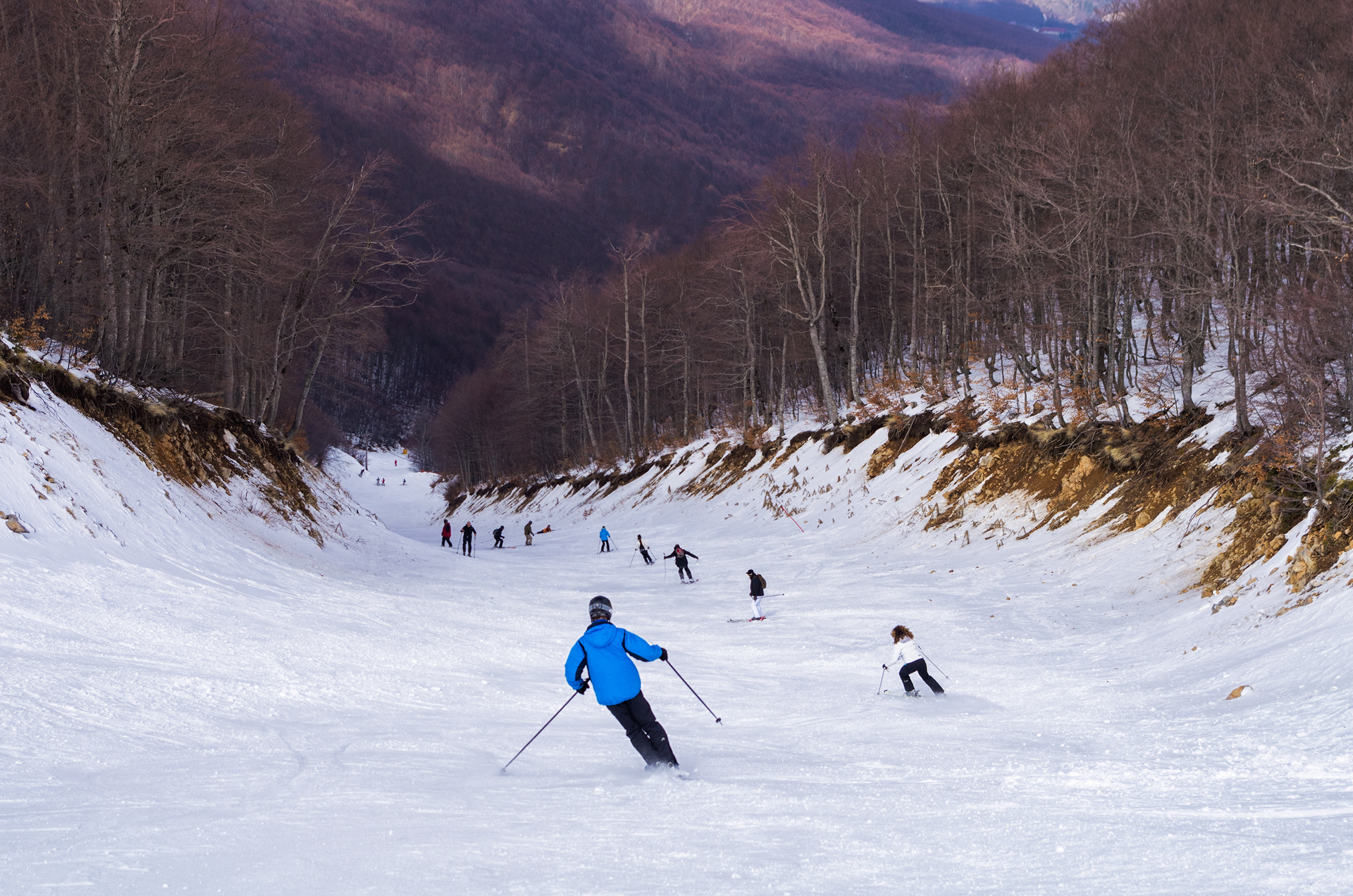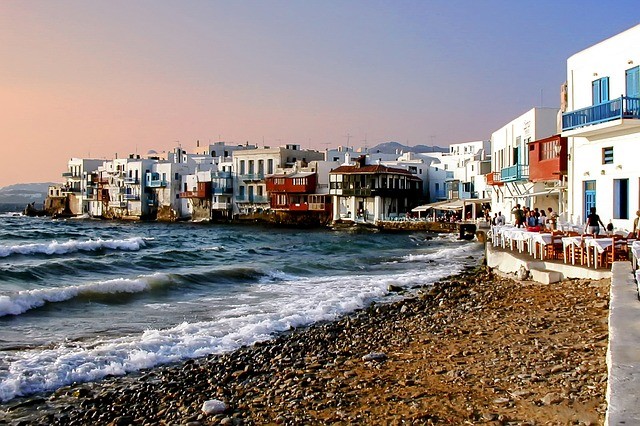The center of Athens is a tourist paradise for every visitor looking to get to know the city up close, a city which is in fact the cradle of Western European civilization.

In its unique way it unites modernism with antiquity – sometimes successfully from an aesthetic standpoint, sometimes less so – it unites the carefree lifestyle of the city’s residents with the rapid rhythm of a major city center.
A center which never sleeps and which reserves unforgetable memories for every visitor. The city magically opens her arms and offers up her hidden treasures to those who know how to love her.

The contrasts of the city are numerous. Traditional little balconies overflowing with blossoms in Plaka, the modern tram that slices across the city, the cloud of smog that periodically makes its presence felt in breathlessness, the neoclassical buildings scattered among the streets, the beautiful spring days that are given over to coffee and conversation with friends in one of the many cafes of Athens, as well as the cool, romantic winter nights that bring the Athenians and her visitors even closer.


What’s notable is how noisy and overcrowded it can be during the day, and how calm and lovely it appears at night. Compared to other capital cities, Athens is somewhat behind in terms of her architecture, as a result of slack oversight of the authorities, and of significant internal migration during the 1950’s. The difficult compromise restricting driving downtown, the absence of parking lots, the poor quality of many central roads, the absence of large parks, the rudeness of many of the drivers, and the residents’ lack of respect in some situations make it a city to be avoided. And yet, Athenians suffer separation anxiety when they’re out of town.


On the other hand, the city’s tourists have a love-hate relationship with a city which has recently – after the enormous beautification efforts for a successful Olympic Games – started to win a permanent place in the heart of almost all of her visitors.

You ask why? Because the city is not only the Acropolis and the Parthenon, ancient monuments and history, but her liveliness, her culture, and the chemistry of her residents.

Social life in the center of Athens has been rejuvenated by important intervention which her ancient splendor has granted her. In recent years, in fact, there has been a serious effort to unite the archaeological sites of the center of the city. It covers, more or less, the Classical city of Athens, having converted the two main roads which lead to the Acropolis (Apostolou Pavlou St. and Dion. Areopagitou St.) into pedestrian streets.

The visitor who starts off from the Temple of Hephaistus (Theseio), passes by the Acropolis, and ends up at the Temple of Olympian Zeus, will have walked the “classical” boundaries of the city, and will see modern-day central Athens in concert with almost all the major ancient monuments of the center.

Although it might seem strange, the Athenians don’t just spend their mornings working in the center of the city, but they come back in the afternoon to have fun. When Athenians agree to go out, they start their excursion with a café or something to eat and usually end up at a nightclub, and back home the next morning.

The center of the city offers numerous cafes, restaurants, clubs, and tavernas with rhythm, music, and no chance of closing before sunrise. This element impresses foreign visitors and many times, they are carried away and take part themselves. And when that happens, they start to fall in love with the city of Athens.
There are many various forms of entertainment in the city. Athens could be the most lively capital city in Europe with a great breadth and range of entertainment options. A plethora of cultural events, theater, cinema, and musical performances turn the center of the city into a magnet not only for tourists but for her residents. The city easily covers the entertainment needs of children, youths, and adults.
Furthermore, during the most important holidays, as well as during the summer, the heart of art, music, and performance beats in the central squares and streets of Athens. Various open-air parties and concerts are set up, which offer free entertainment to
citizens and visitors alike.
History of Athens
According to archaeological finds, the first attempts at an organized city in the region of Athens took place during the Neolithic period.
Erechtheus, according to myth, settled the disagreement between the goddess Athena and the god Poseidon, who were rivals for protection of the city, as well as for the name.
Athena offered an olive tree to the residents, whereas Poseidon offered a horse. The residents settled on the olive tree, and Athena. For this reason, the city took the name of the goddess.

Around 800 BC, the synoecism, or unification of villages, took place in Athens, an event which was thereafter celebrated in a yearly rite called the Panathenaia, which was offered in thanks to the goddess Athena.
Theseus was considered the founder of Athens, because he was the orchestrator of the synoecism which brought about a united city named “Athens” in honor of its divine protectress.
During the eighth and seventh centuries BC, Athens underwent nautical and commercial development. Up to the fifth century BC, three politicians distinguished themselves especially: Themistokles, Miltiades, and Aristeides.
The fifth century was the “Golden Age” under, in part, the leadership of the statesman Perikles. During the time, Athens reached its apogee of cultural and artistic flower.
Later, Christianity did its work on the city, and the Crusades followed. In 1392 the Turks arrived on Greek soil. After about 300 years, the Venetians invaded Athens, with one result being that the Parthenon suffered enormous damage.

- In 1821, the Acropolis was besieged and Pasha Omer entered it. A decade later Greece became a sovreign nation, and Athens eventually became the capital of Greece, after Nafplio.
- In 1896, the Olympic Games took place in Athens.
- In 1923, after the destruction of the city Smyrna, refugees in the thousands fled to Athens, resulting in a rapid growth spurt and development in the city. During the Inter-War years, electricity came to Athens, as well as radio and the first “talkies.”
- On October 18, 1944, the Greek flag waved again over the Acropolis; however, the Greek Civil War followed.
- Two dictatorships took power: during the rule of the second, in 1973, the rebuff of the University Students’ protest against them at the National Metsovian Polytechnic University in Athens was the beginning of its end.
- In 1997 the Olympic Games (Summer Games) were returned to Athens, and in 2004 they took place in the country of their founding, 104 years after their first Athenian incarnation.
What to See
In Athens you can find whatever you think you want to see, as well as whatever you didn’t even realize you wanted to see.
Every visitor finds his own favorite corners in the city, keeping his own personal memories even after returning home. There are a few things, however, that no matter what else you do, you simply cannot afford to miss seeing during your time in the capital.
They either have archaeological importance or are simply beautiful places in the city, but they will enrich your experience in Greece and in Athens.
Lycabetus Hill (Lykavitos)
Anafiotika
Thiseio
The Sacred Rock of the Acropolis
Olympic Stadium (Kallimarmaro)
Zappeion; National Gardens; Monument of the Unknown Soldier
Monastiraki Flea Market
Plaka
Athens Neighborhoods
What is the secret of Athens that makes this city so charming? People already visited Athens know that the capital of Greece is full of terrific neighborhoods, each with its own personality and character that need to be discovered.
Not only you will experience the excitement of visiting places where great historic events took place centuries ago, but also you will be impressed when visiting former industrial neighbourhoods now emerging as trendy hot spots. Former decrepit areas full of old buildings now turning gradually to swanky digs for designer ateliers, ranging from Versace to Dolce & Gabbana, and a number of boutiques and galleries that revive downtown by making Athens neighborhoods trendy arts districts.
Athens is in the process of transforming itself into a very modern and glamorous city with new museums, trendy bars and clubs, hip hotels and fine restaurants that cropping up throughout.
Here’s your chance through IGOGRECE to visit the most famous neighbourhoods of Athens; the Athens latest hot-spots, the best of brand-new neighborhoods and the most vibrant nightlife destinations.
Where to stay/ Lodging
The Olympic Games left Athens with a tremendous legacy from the standpoint of facilities, particularly accommodation. Most hotels in Athens were renovated, and many were built new, to cover the accommodation requirements of visitors to the city during the Games. The visitor to Athens now has many choices of accommodation, from hostels to superior luxury suites.
Where to Eat
Athens can be considered one of the most important gastronomic capitals of Europe, with her vast array of choices for locals and visitors. This suggests correctly that the Greeks have a tradition of food. In Athens there are countless restaurants which satisfy every taste and pocketbook. There are so many, in fact, that you can’t decide what to try first. In Athens you will find flavors from all over the world, not just Greek. The latest trends include post-modern taverns and restaurants which combine beloved traditional Greek dishes with modern gastronomic compositions.
Gastronomic Wanderings in Athens
Your first taste may well be souvlaki from one of the many souvlaki places in Monastiraki. Don’t miss the kebabs at Thanasis (Monastiraki Sq.).

In Psyrri, there is a wide selection of meze restaurants. Almost all of them are open starting at noon, and most have music on the weekends. The old underground place “Ta Bakaliarakia,” which looks like it came out of an old black and white movie, is a cult favorite. Their specialty is cod. At 41 Kydathinaion St., in Plaka. Don’t miss the excellent meze at the historic “Athinaikon” (2 Themistokleous St. and Panepistimiou St.). After your shopping trip in the hottest parts of the city, like Kolonaki, you’ll be hungry: stop in at “Prytaneio” (7 Milioni St., Kolonaki). The best place in Ghazi is the “Kitrino Podilato” (116-118 Kerameikou St., and Iera Odos, Ghazi). For fast food, forget ‘fast food’ and try a traditional cheese pie from a bakery.
Other Choices:
For Italian cuisine, head to Sale e Pepe, one of the best Italian restaurants, with a large wine celler. It is located at 34 Aristippou St., in Kolonaki.
How to get there: From the Evangelismos Metro station, go up Marasli St. to Aristippou St, and turn left. A few meters down you will find it on your right.
Mamacas: Greek family-style food in a lovely atmosphere. Located in Ghazi, a little beyond the cultural center “Technopolis.” Call for reservations: 210-346-4984. http://www.mamacas.gr
How to get there: From the Thiseio Metro stop (electric railway), go down Ermou St to the end (it’s a pedestrian street at this point), until you get to the cultural center “Technopolis.” From there, go straight on Voutadon St. and you will see it on your left.
Interni: For fusion of Mediterranean cuisine by an Italian chef, Interni is a stylish restaurant that will impress you. It is located in the center of the city, at 152 Ermou St. Call for reservations: 210-346-8900. http://www.internirestaurant.gr
Nightlife
Athens is not just an inexhaustible archaeological site with important historical monuments and tourist attractions. It is a modern city with intense cultural happenings and entertainment. At night, Athens gets dolled up and turns into a city with positive vibes which reach out to every resident and visitor with its rhythm. In the inexhaustible nightlife of Athens, the visitor can find everything and of course can be found in the disconcerting position of having no idea what to pick out of so many choices!
Athens’ entertainment not only lasts until the next morning but stretches out to all the regions and suburbs of the city.
During the winter, nightlife is centered for the most part in the center of the city, whereas in the summer it tends to move out to the coastal areas of Glyfada, Voula, and Vouliagmeni where the large clubs open up practically on the water, or even farther out in other areas of Attica like Porto Rafti, Kalamo, Loutraki, and elsewhere.
Walks and Shopping
Although the Metro offers comfortable and quick transportation around the center of Athens, visitors to the city will lose out on many beautiful places and attractions if they travel exclusively underground.
Start from Syntagma Square heading toward Omonoia Square and walk down all the streets that radiate out from there, hiding lots of surprises! In these streets you’ll find large shops, goldsmiths, travel agencies, book stores, banks, expensive hotels, public services, restored buildings, cafes, and so on, so take a break and have a snack while exploring.
Some of the best parts of the city for walking are:
- Kolonaki
- Monastiraki Area
- Stadiou Street
- Ermou Street
- Panepistimiou Street (El. Venizelou St.)

